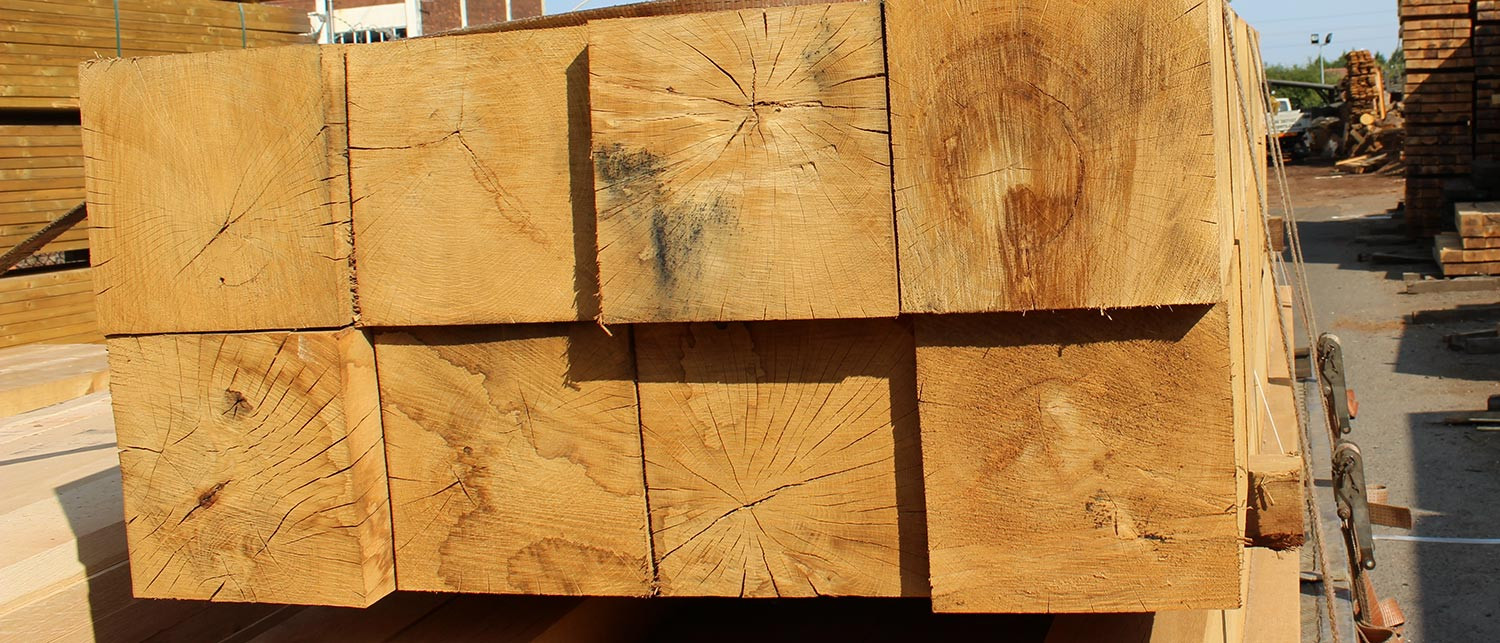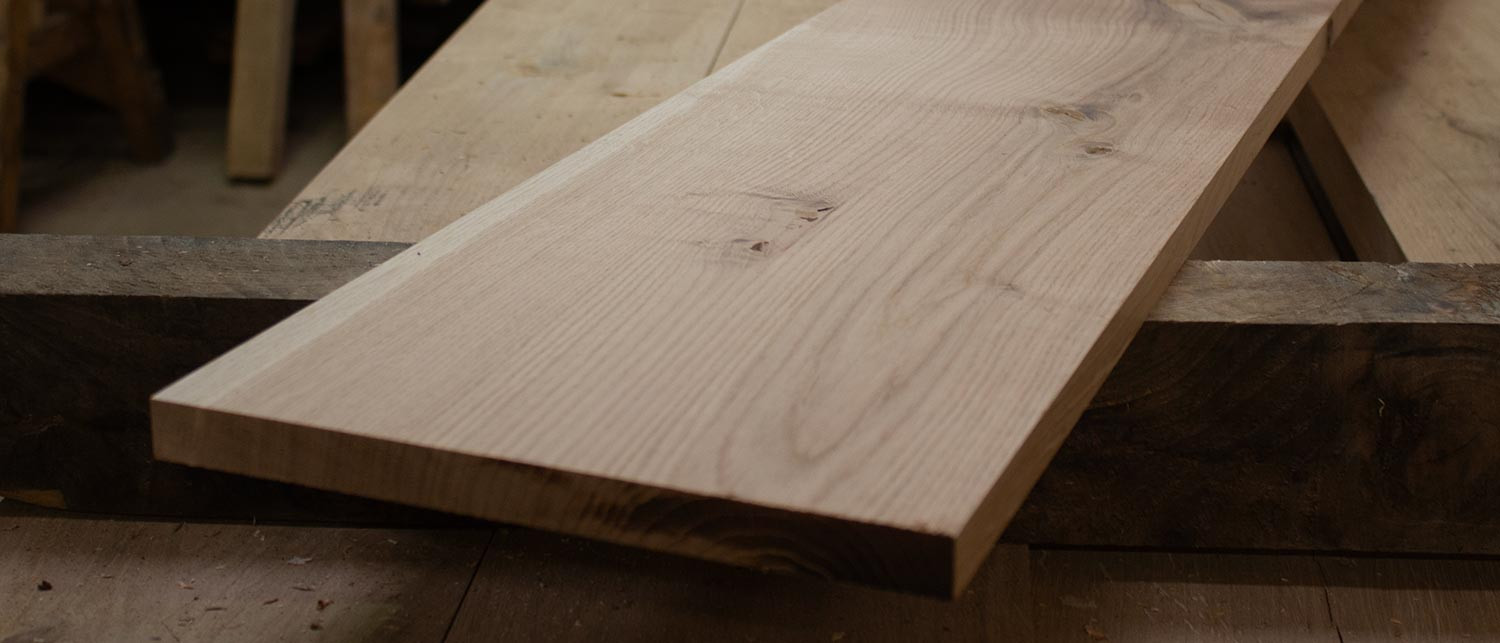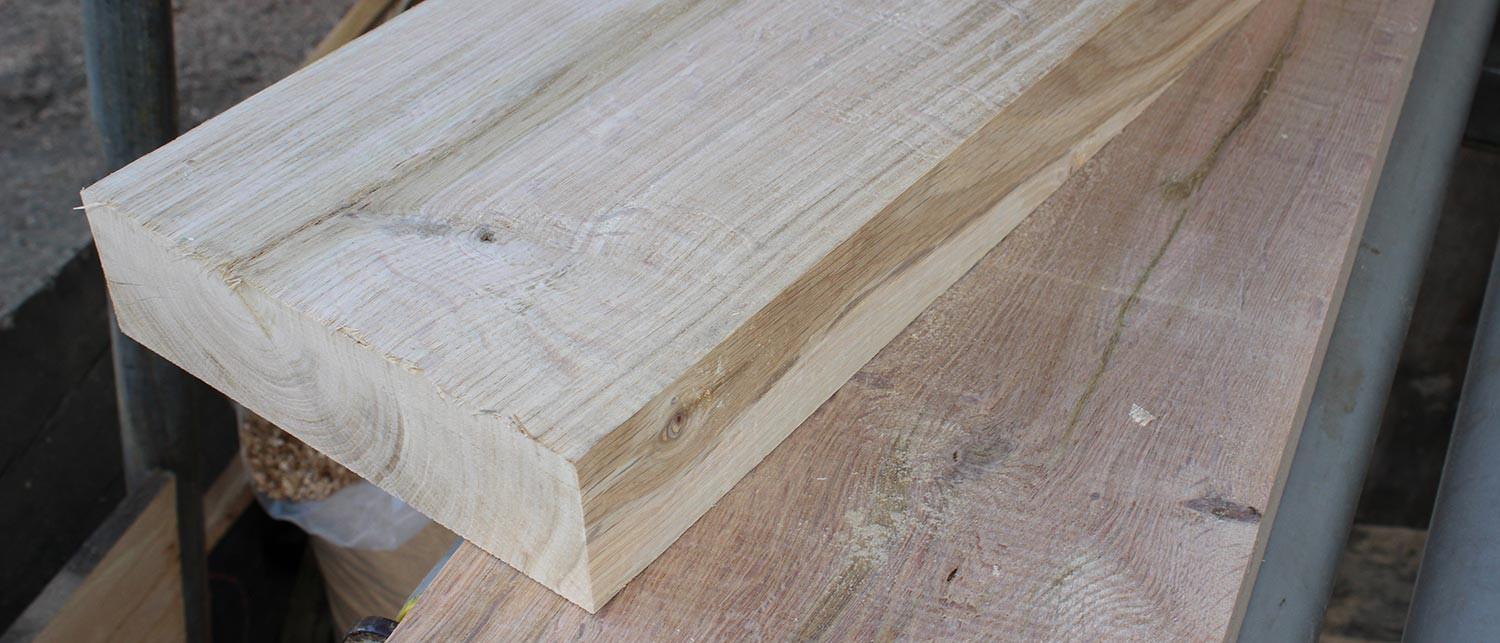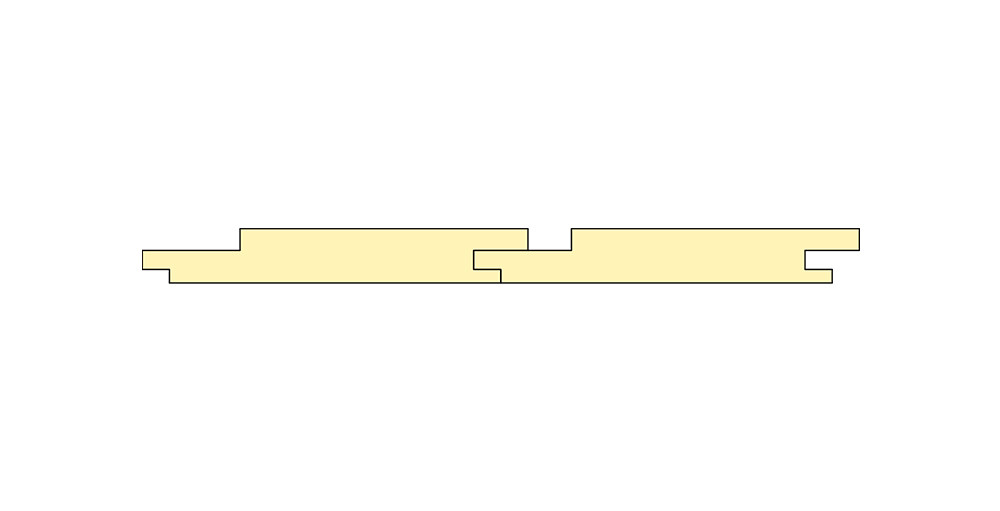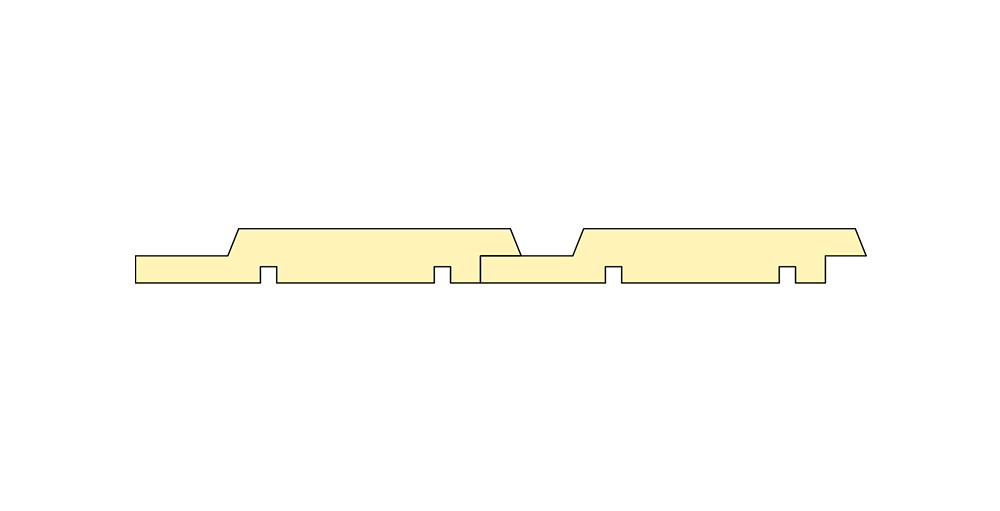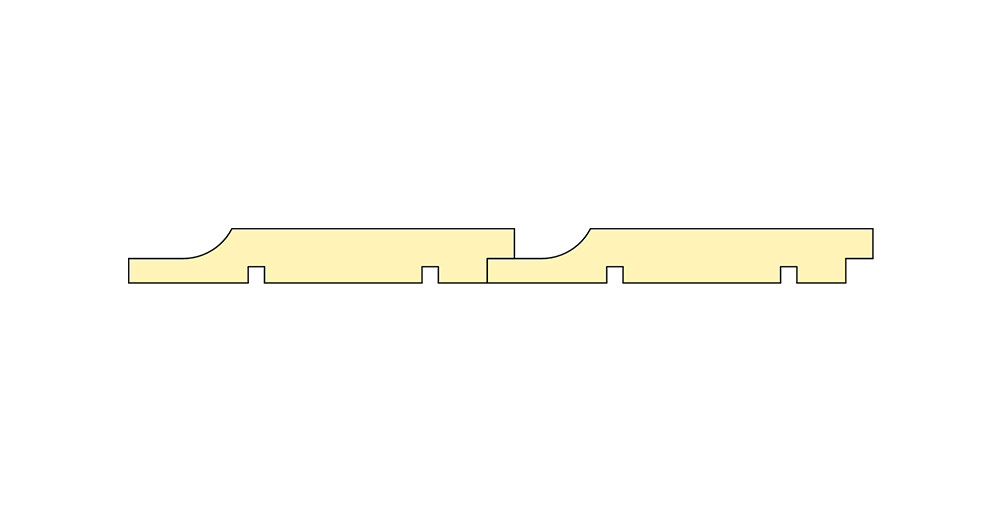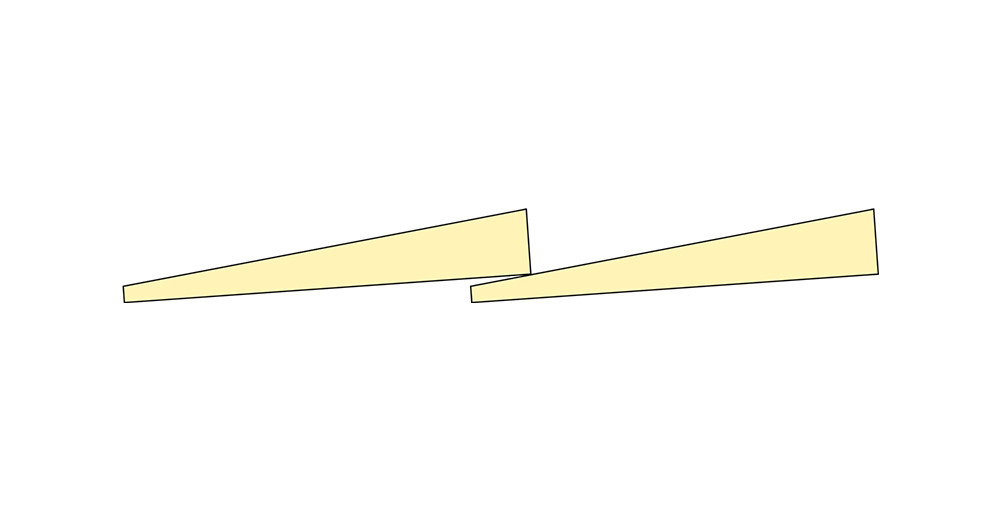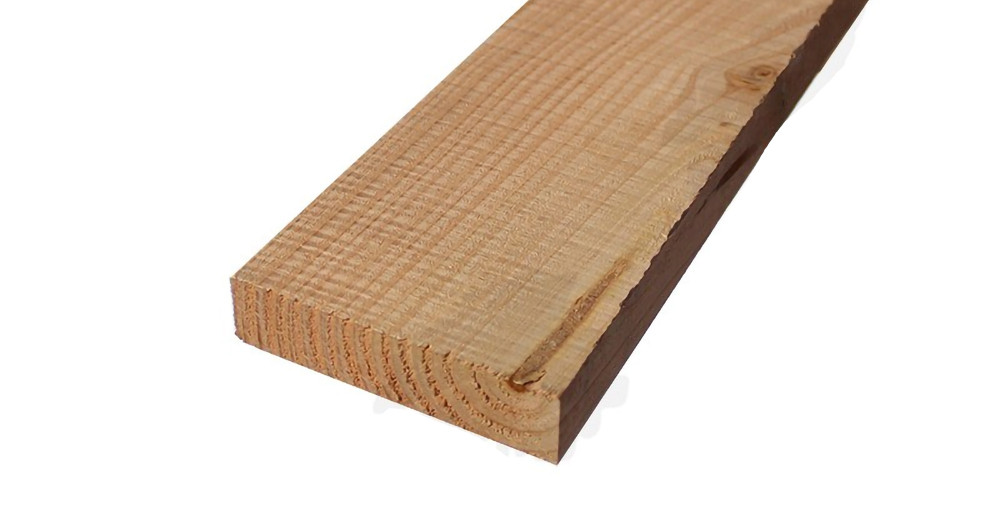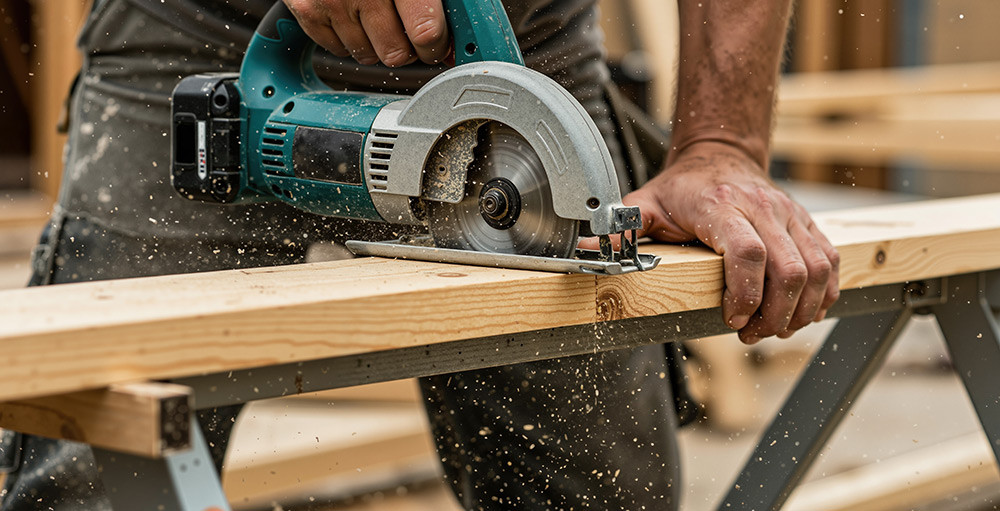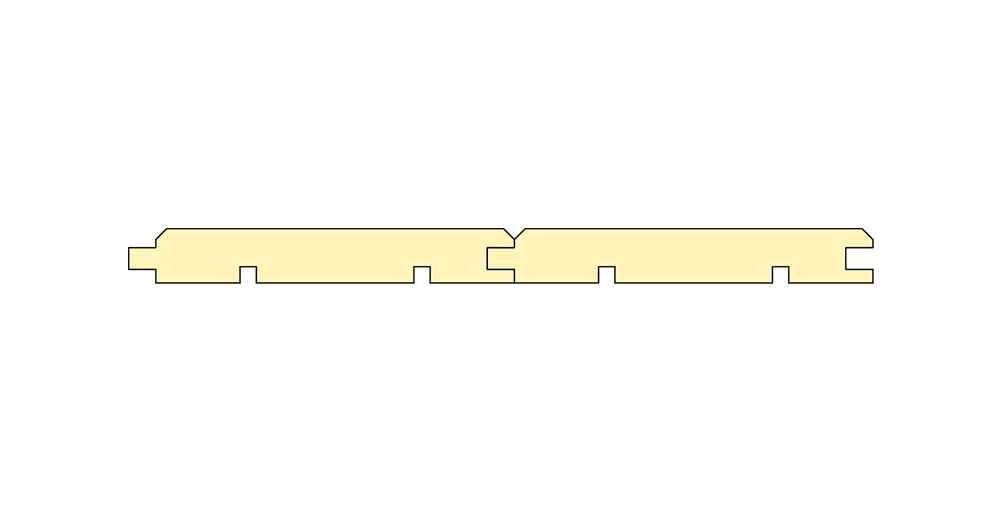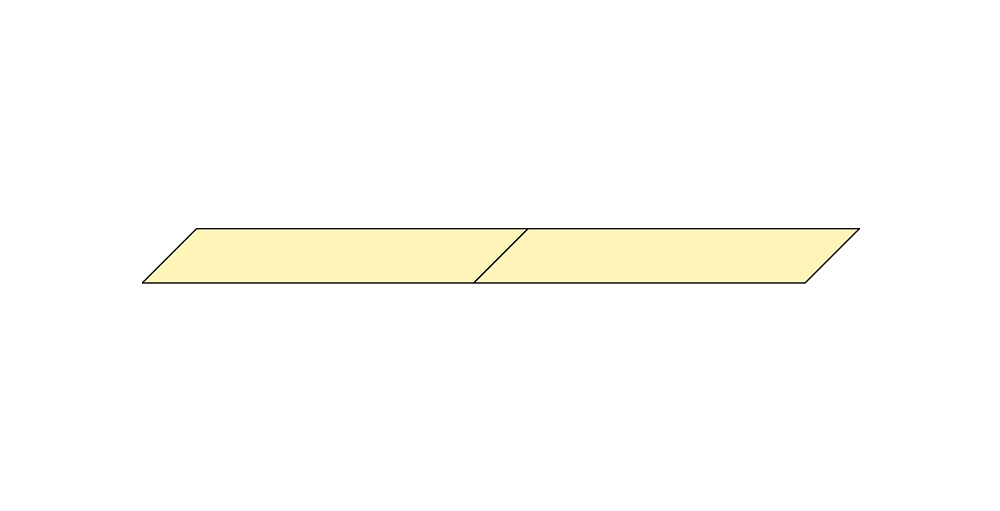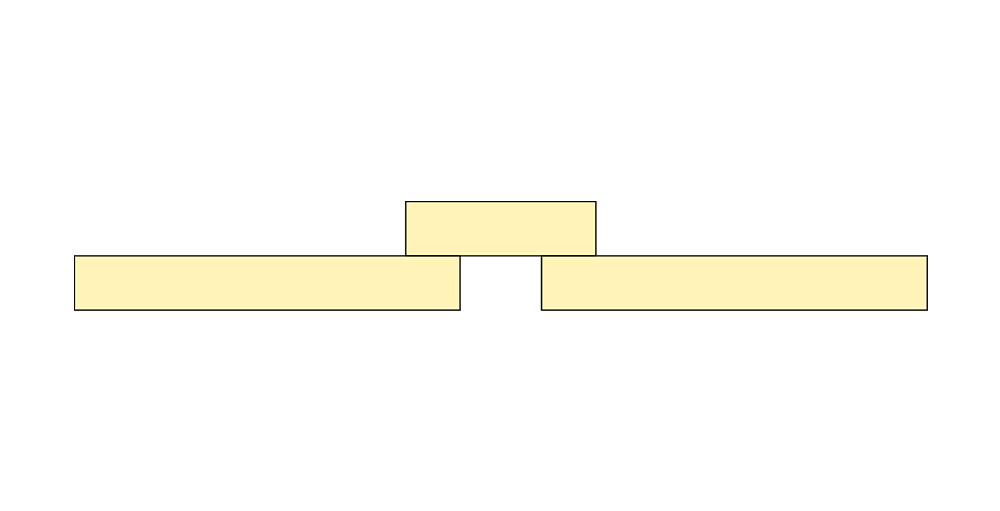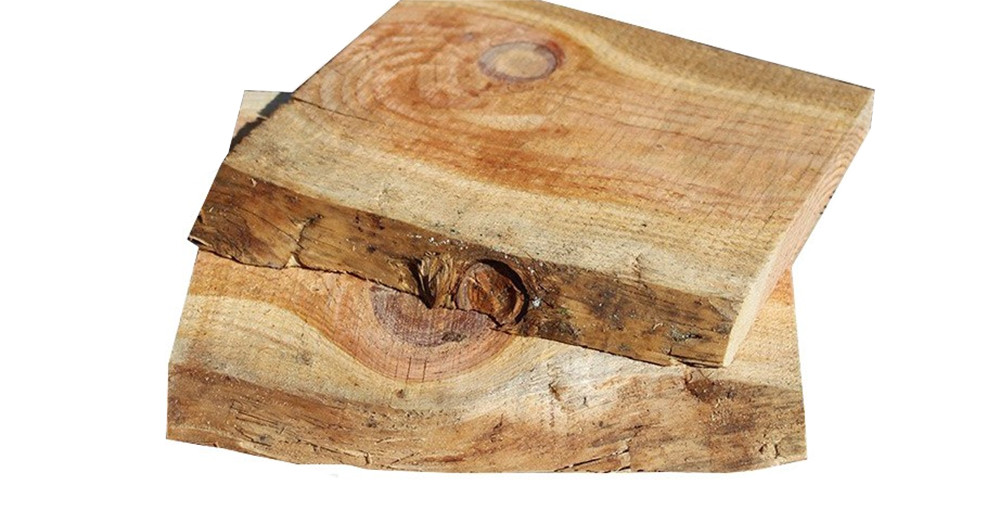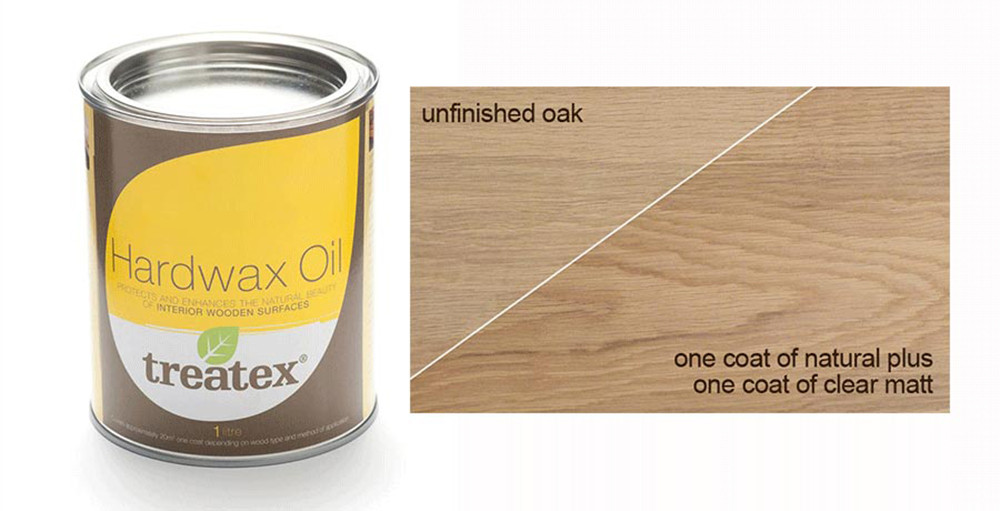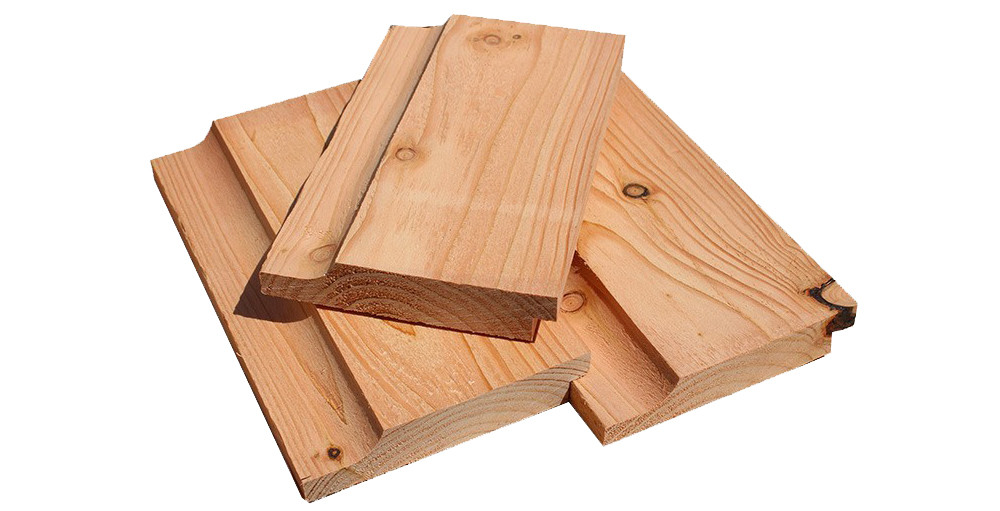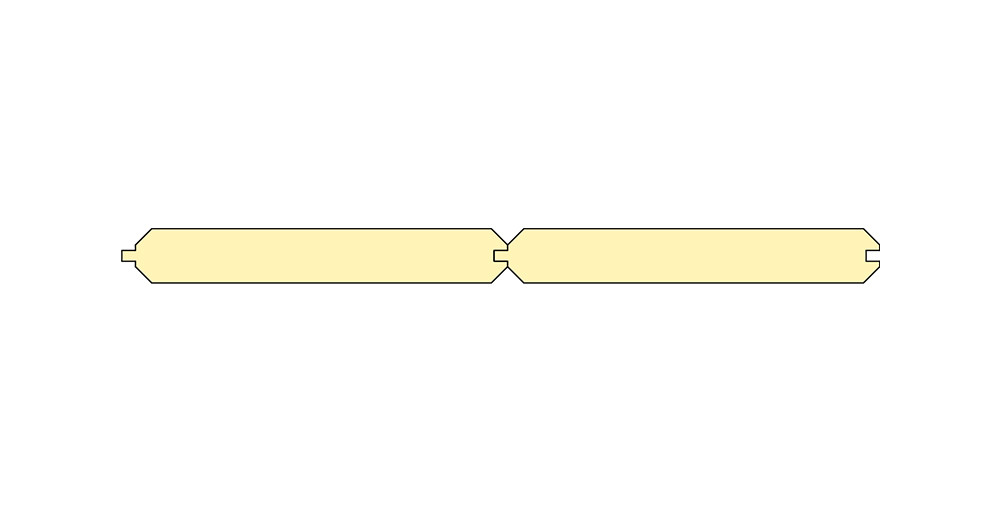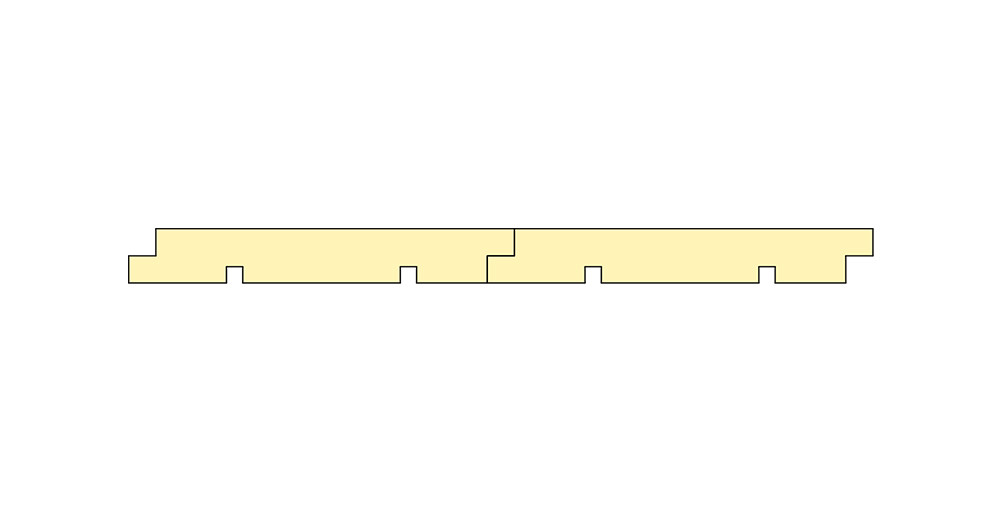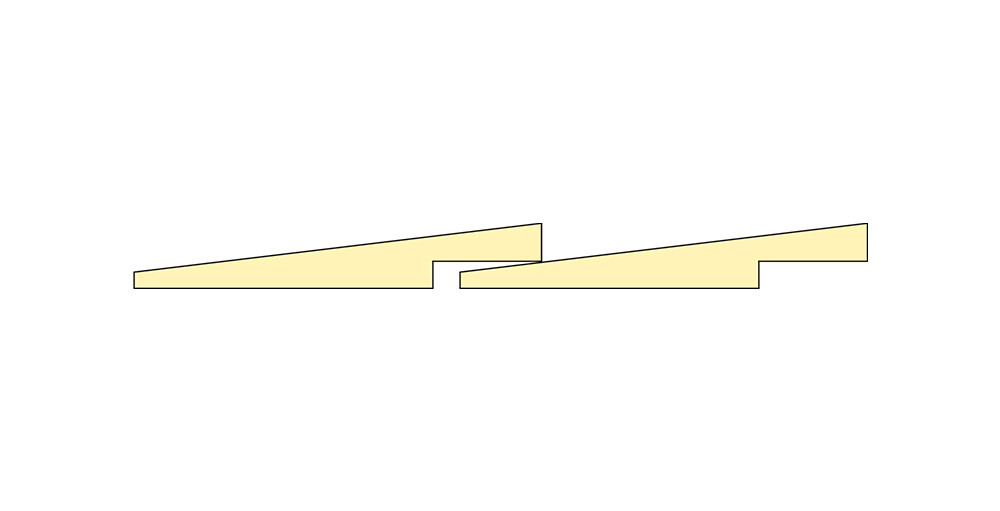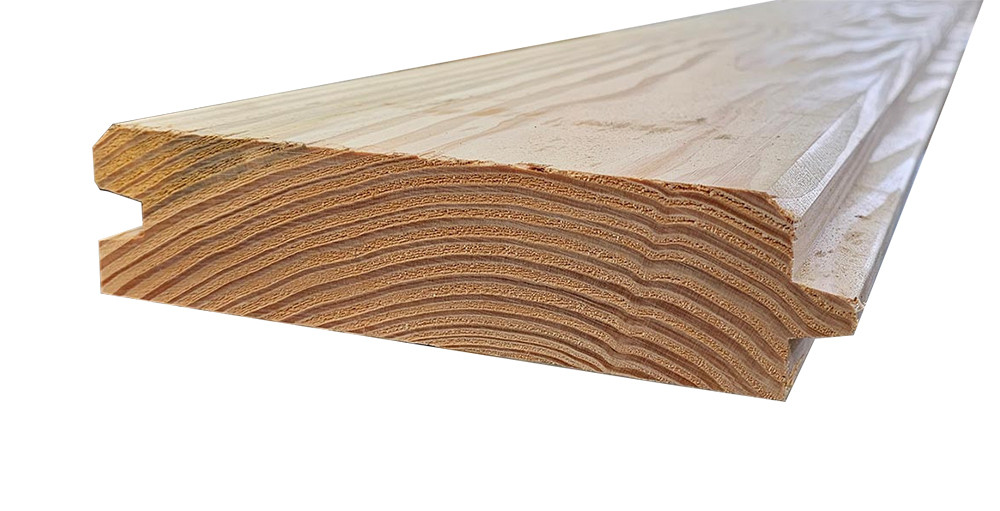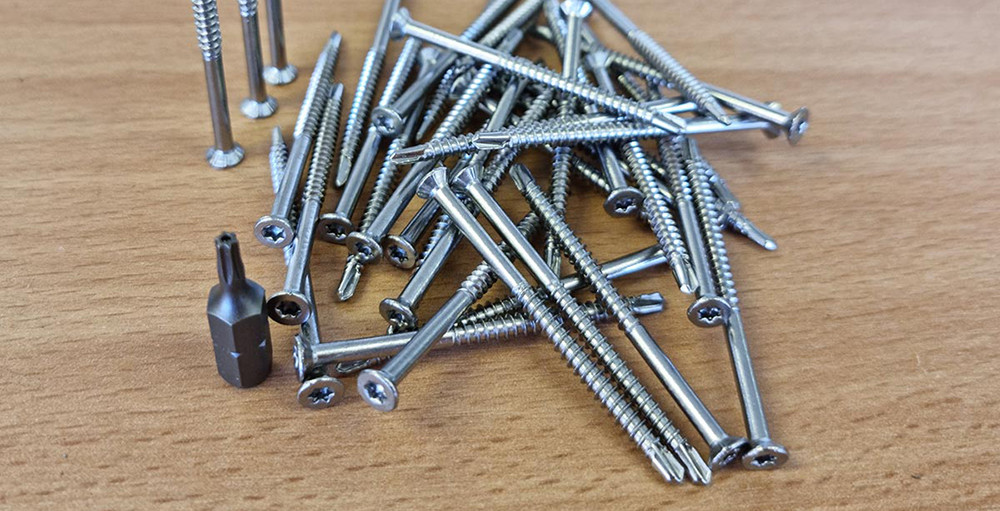The short version? Paint your walls first, then the skirting. But like most things in our trade, the devil's in the...
- All
-
Custom Cutting
Custom Cutting Choose from our limitless cut to size products
.jpg)
Custom Cutting
A selection of the finest Custom cut products on the market.
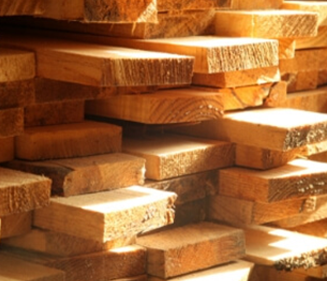
NEED HELP?
Our expert team are on hand to help you when you need it! Simply give us a call on
01536267107
OR
GET IN TOUCH -
Structural Timber
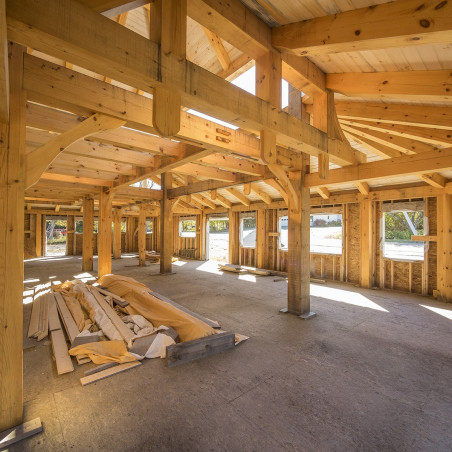
Structural Timber
A selection of the finest Structural Timber products on the market.

NEED HELP?
Our expert team are on hand to help you when you need it! Simply give us a call on
01536267107
OR
GET IN TOUCH -
Timber Cladding
Timber Cladding External, internal, profiled and featheredge...
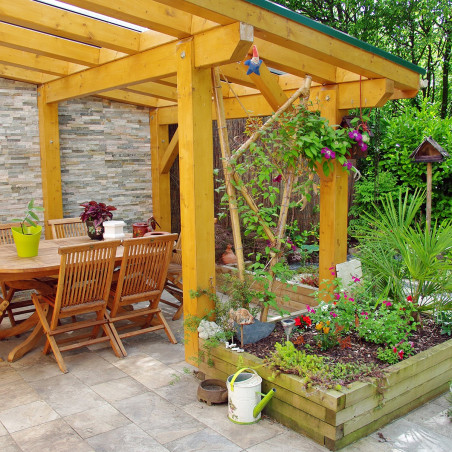
Timber Cladding
A selection of quality Timber Cladding.

NEED HELP?
Our expert team are on hand to help you when you need it! Simply give us a call on
01536267107
OR
GET IN TOUCH -
Outdoor Timber

Outdoor Timber
A selection of the finest Outdoor Timber products on the market.

NEED HELP?
Our expert team are on hand to help you when you need it! Simply give us a call on
01536267107
OR
GET IN TOUCH -
Doors, Floors & Joinery
- Solid Hardwood Flooring
- Oak Flooring
-
Solid Wood Joinery Products
-
Solid Wood Doors
- All Solid Oak Doors
- Prestige Solid Oak Doors
- Priory Solid Oak Doors
- All Solid Ash Doors
- Prestige Solid Ash Doors
- Priory Solid Ash Doors
- All Solid Douglas Fir Doors
- Prestige Solid Douglas Fir Doors
- Priory Solid Douglas Fir Doors
- Door Casing and Lining Sets
- Ash Door Casing and Lining Sets
- Douglas Fir Casing and Lining Sets
- Kiln Dried Interior Cladding/Panelling

Indoor Timber
A selection of the finest Indoor Timber products on the market.

NEED HELP?
Our expert team are on hand to help you when you need it! Simply give us a call on
01536267107
OR
GET IN TOUCH -
Fuels
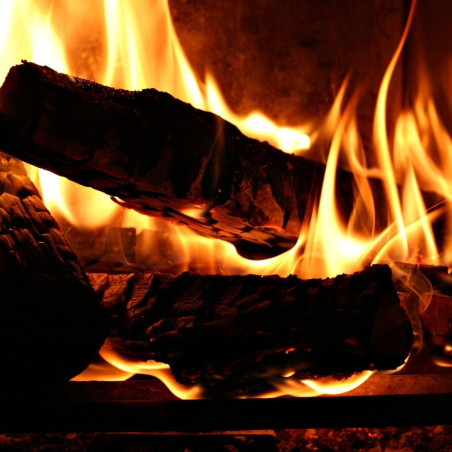
Fuels
A selection of the finest Fuels products on the market.

NEED HELP?
Our expert team are on hand to help you when you need it! Simply give us a call on
01536267107
OR
GET IN TOUCH -
Fixings & Finishes

Fixings & Finished
A selection of fixings and treatments to finish off your project.

NEED HELP?
Our expert team are on hand to help you when you need it! Simply give us a call on
01536267107
OR
GET IN TOUCH -
Offers

Clearance
A selection of the finest Clearance products on the market.

NEED HELP?
Our expert team are on hand to help you when you need it! Simply give us a call on
01536267107
OR
GET IN TOUCH -
Trade Board Packs

Trade Board Packs
A variet of stock and custom board packs.

NEED HELP?
Our expert team are on hand to help you when you need it! Simply give us a call on
01536267107
OR
GET IN TOUCH
Latest posts
-
 Should You Paint Skirting Boards Before Walls?Read more
Should You Paint Skirting Boards Before Walls?Read more -
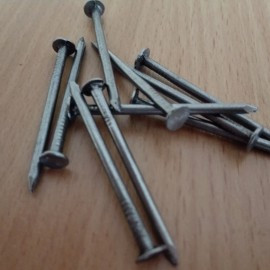 What are Landscaping Screws?10/14/2025Read more
What are Landscaping Screws?10/14/2025Read moreA typical landscaping screw has a polymer and/or ceramic coating that can withstand the weather in Britain longer...
-
 What is the best firewood to burn?07/08/2025Read more
What is the best firewood to burn?07/08/2025Read moreChoosing the right firewood matters because each type burns, smells, and throws out heat in its own way. By matching...
-
 Gold at Chelsea: UK Timber Proudly Supports Award-Winning 'Room to Breathe' Garden06/20/2025Read more
Gold at Chelsea: UK Timber Proudly Supports Award-Winning 'Room to Breathe' Garden06/20/2025Read moreAt UK Timber, we are proud to have sponsored the Structural Green Oak that was used to bring the Room to Breathe...
-
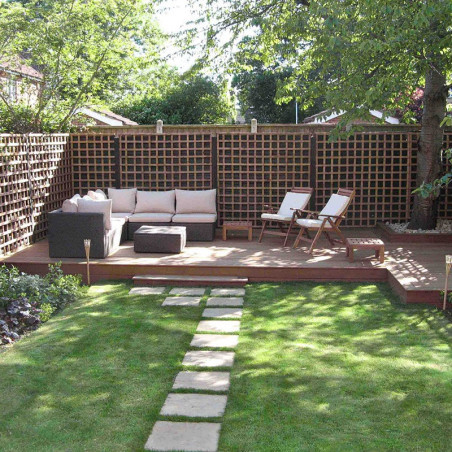 Making the Most of the UK Heatwave: Quick Timber Projects to Enhance Your Garden05/16/2025Read more
Making the Most of the UK Heatwave: Quick Timber Projects to Enhance Your Garden05/16/2025Read moreThe British summer has arrived in full force, a lot earlier than expected - with temperatures soaring across the...
-
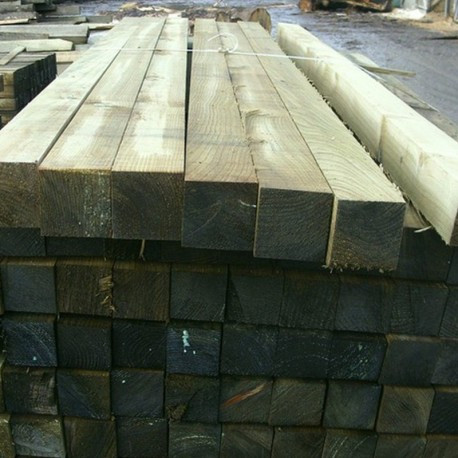 How Deep Should a Fence Post Be Set?04/11/2025Read more
How Deep Should a Fence Post Be Set?04/11/2025Read moreThe height of the fence, the terrain's soil composition as well as the amount of frost are just a few of the...
-
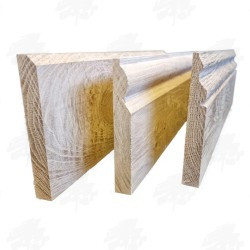 What is The Most Modern Skirting Board?03/14/2025Read more
What is The Most Modern Skirting Board?03/14/2025Read moreModern skirting applications achieve their best results through combinations of modern design principles with...
-
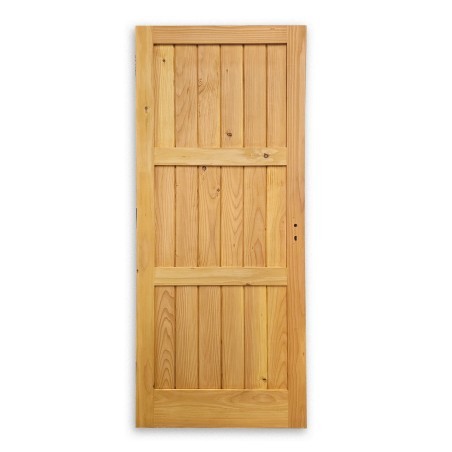 Are Solid Wood Doors Energy Efficient?02/14/2025Read more
Are Solid Wood Doors Energy Efficient?02/14/2025Read moreEnergy costs have dramatically increased during the past three years and show no signs of decreasing soon. With that...
-
 Oak Worktops: The Ultimate Guide for Your Kitchen01/17/2025Read more
Oak Worktops: The Ultimate Guide for Your Kitchen01/17/2025Read moreAt UK Timber, our stance on this is loud and clear! It's no secret that Oak Worktops have much to offer...
-
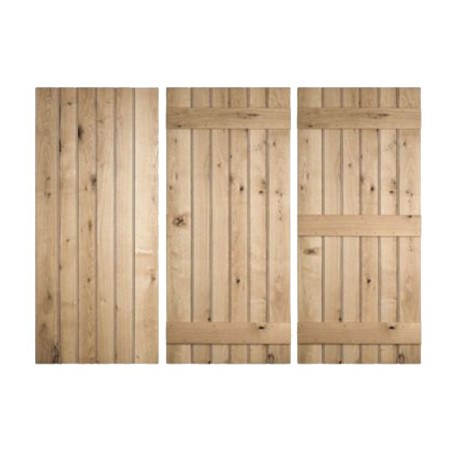 Should You Oil or Stain Oak Doors? Your Complete Guide12/16/2024Read more
Should You Oil or Stain Oak Doors? Your Complete Guide12/16/2024Read moreIf you're looking to enhance your oak doors, you've likely wondered whether oiling or staining is the better choice....
Blog categories
Search in blog
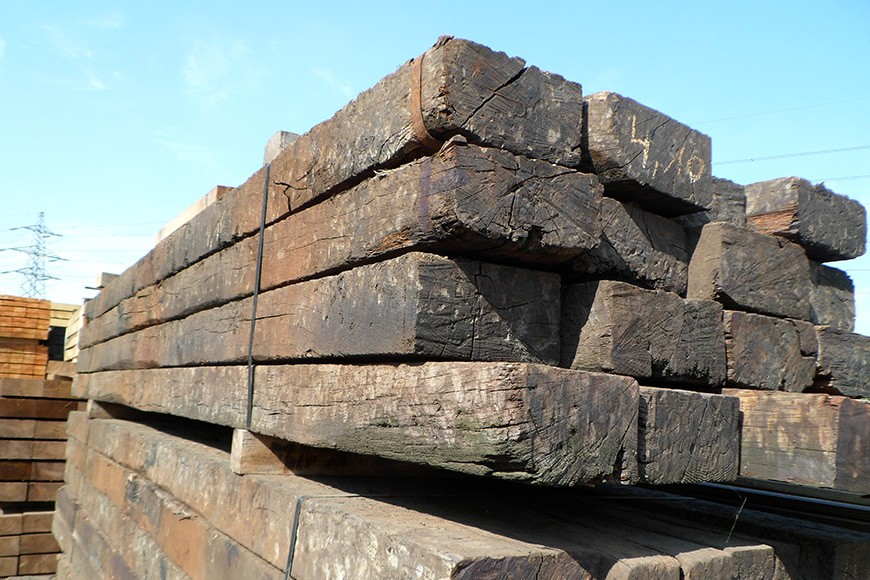
COMMON QUESTIONS ABOUT OLD TIMBER
Did you know that the signs of aging can add character to timber? Below, we have answered some of the most common questions about old timber for you to understand more about the wood aging process.
Dealing with Exterior and Interior Timber
What is the traditional method of polishing the oak beams of oak framed buildings?
Coat the external and internal timbers, together with the enclosing infill panels, with a lime wash. This will give the timber a great conventional polish.
In case of repairs and replacements, is it necessary to stain the new timbers to complement the old ones?
New timbers normally look unrefined. However, timber such as oak will eventually darken over time, achieving a beautiful colour. Therefore, it is advisable to not stain new timber.
How do you lighten dark oak beams?
If the oak beams are dark, you can simply put a proprietary liming wax on them. On the other hand, if you want a solid finish you can use a casein-based paint instead.
Is it okay to use linseed oil to improve the appearance of timber?
Linseed oil makes the timber sticky. This attracts dirt and dust. Additionally, linseed oil will eventually fade. Oak beams do not necessarily need a treatment but you can use a beeswax polish to improve their appearance.
Handling Decay
What is the cause of timber decay and how do I deal with it?
Dampness is the cause of timber decay. It may result in rot, beetle infestation or a combination of both. This can be devastating for structural timbers. Of course, you should determine the cause of dampness first before you can solve the problem. Some of the possible causes include a leaking pipe, a clogged-up gutter near the timber or direct contact with a moist surface. The rotting or infestation of insects will diminish as the timber dries out.
Is it necessary to use chemical treatments?
Chemical sprays are usually costly and unpleasant to use. However, if there is active wood-worm due to infestation, treat the identified affected parts of the timber with insecticides.
How do I check the timber’s condition?
In order to find out the condition beneath the timber’s surface, you can simply nudge it with a penknife. Even if the first few millimetres of the timber’s surface are affected, it can still be considered normal if the timber resists the blade. Alternatively, you can ask an expert to check the timber’s condition for you.
Related posts
-
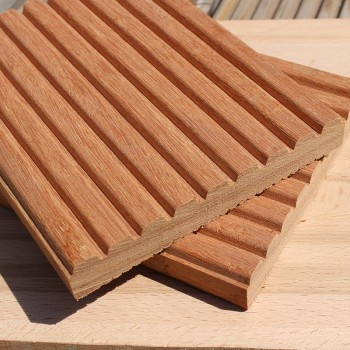 4 REASONS WHY COMPOSITE DECKING IS A WORTHWHILE INVESTMENT
August 16th 2022Read more
4 REASONS WHY COMPOSITE DECKING IS A WORTHWHILE INVESTMENT
August 16th 2022Read more -
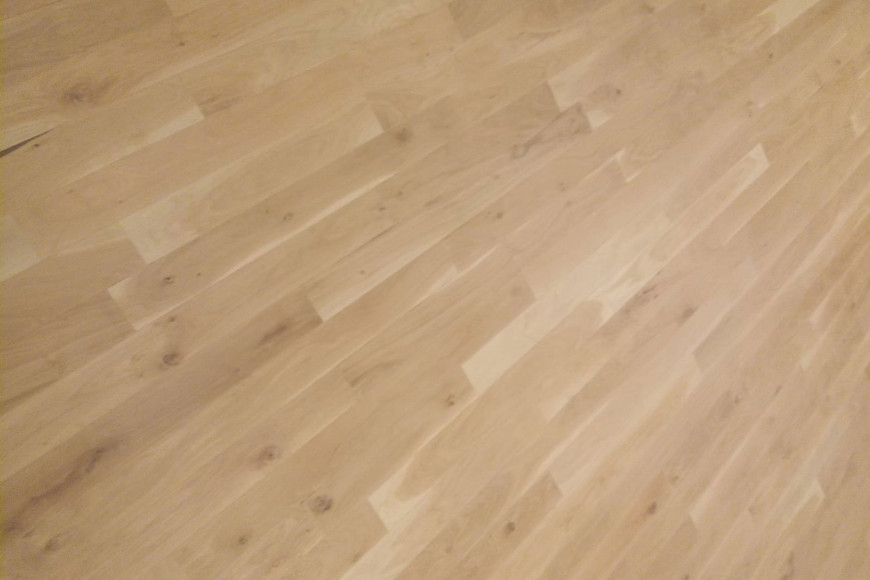 OAK FLOORING VS PINE FLOORING - WHICH ONE WINS?
July 21st 2023Read more
OAK FLOORING VS PINE FLOORING - WHICH ONE WINS?
July 21st 2023Read more -
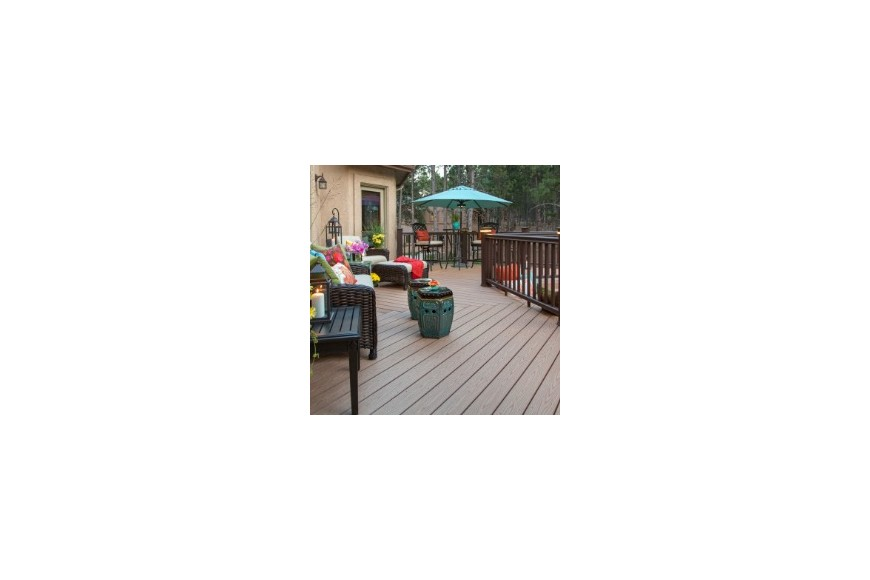 4 REASONS WHY COMPOSITE DECKING IS A WORTHWHILE INVESTMENT
Read morePosted in: General Information and NewsJuly 21st 2023
4 REASONS WHY COMPOSITE DECKING IS A WORTHWHILE INVESTMENT
Read morePosted in: General Information and NewsJuly 21st 2023 -
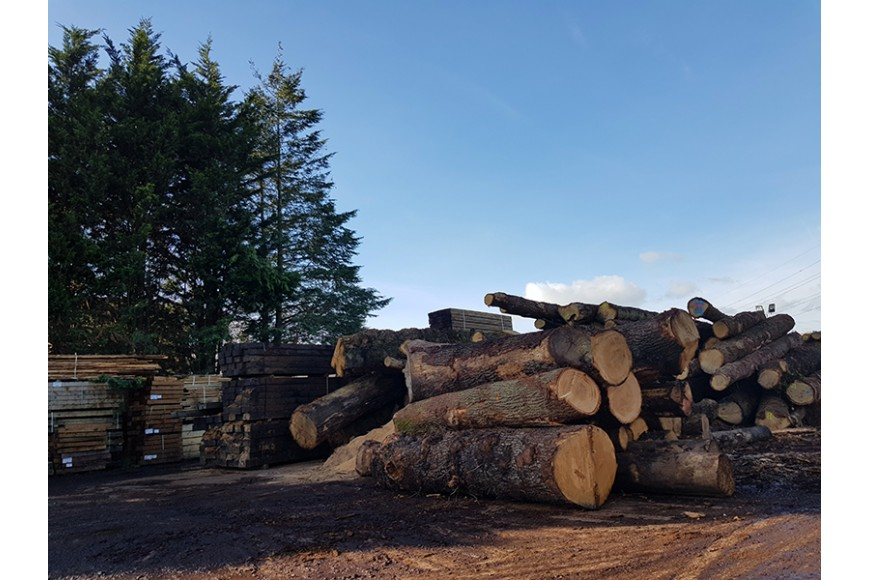 THE ADVANTAGES OF USING OAK FOR HOME AND GARDEN PROJECTS
July 21st 2023Read more
THE ADVANTAGES OF USING OAK FOR HOME AND GARDEN PROJECTS
July 21st 2023Read more -
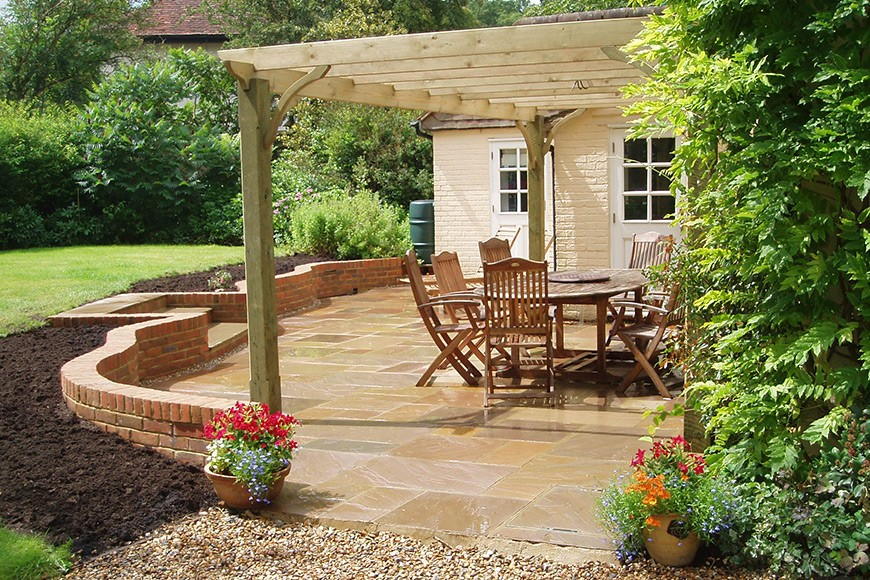 ENHANCE YOUR GARDEN WITH A PERGOLA OR TERRACE
July 21st 2023Read more
ENHANCE YOUR GARDEN WITH A PERGOLA OR TERRACE
July 21st 2023Read more

